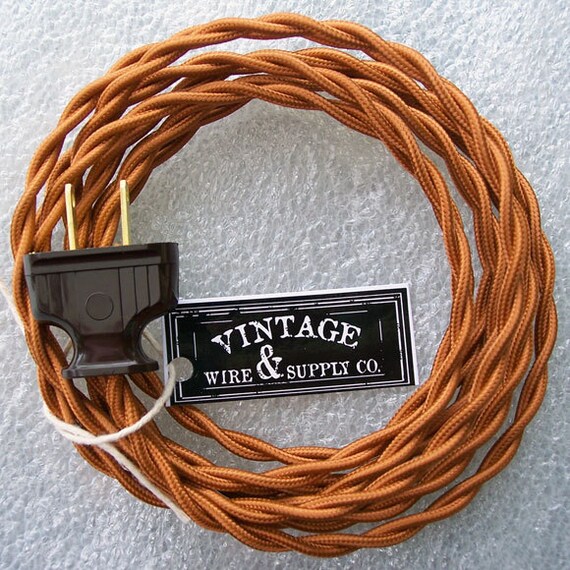GGG wrote:
Frank, I am not sure what the application was that put 60V on the neutral. It must have been an ungrounded power system.
Just a week ago today, I was present at just such a situation, as luck would have it. And all work including the application (totally unintended) of the short was done by an electrician. Well, I did close the switches and helped with the fishing of the new wiring...
I was at my son's recently acquired townhouse (1981 code) to let our guy in, keep the dog calm, and show him the accesses and the areas wanting work at this time. In the master bath, new flooring and an upgraded shower had been installed. An in-shower light had been added, apparently by the absentee former owner's renter's neighbor, or said neighbor's handyman.
There were loose wires in the attic, and taped splices, and rather more wiring in the double-gang switch box just inside the door of master bath than is usual, and one clipped ground that obviously could not functionally accompany the hot wire in that romex back to it's source (ie, obviously the other ground would be a higher impedance path than necessary.
It wasn't clear what the thinking was, and the other romex had been fed through a sharp-edged hole chiseled in a truss nailer plate. Since the romex's to this box had to go anyway, our guy suggested just backing up and rewiring correctly to the two-gang switch. Oddly, the new switch and box for the new in-shower light was on the opposite side of the door. Why it was the original box that was the way it was wasn't clear (like this sentence).
So I authorized this rewiring, which included taking some sections of #12 wire (20 amp) out of what was basically a #14 circuit (15 amp). So our guy fixed the attic mess, and lastly completed the terminations at the two switches in the plastic two-gang box (plastic box and faceplate, metal faceplate screws)... now known good ground as metal faceplate screw were in reach of metal sink faucets, and standard arrangement.
I flipped the two switches in the still-open double-gang box up to ON, and kept my finger on the near one, my face on the other side of the wall. I'd once seen a molten copper spray (in the electrical lab with its 7000 amp 220v DC service). Our guy closed the breaker 2 floors below, and immediately there was the heavy tramp of excessive current. Called down, heavy hum here. Reply was, yeah. I assume that a bare copper ground wire had folded onto a hot terminal screw. Our guy prodded and closed it up.
Curious that the breaker didn't trip free on closing into a short. Maybe 15-amp breakers don't have this feature... I worked too much on heavy stuff to be sure. It was a Square D service panel. The key thing here is that this breaker took 2 to 3 seconds to open. Well, those were the days when a thermal breaker with no intentional delay was considered to be sufficient to "immediately" open heavy shorts (I forget the exact wording).
You'll realize that half the 120v drop through the fault (solid contact, no arcing) was in the #14 hot wire, and half in the parallel return of the #14 green ground wire. Actually, it's half of 126v allowing for 5% system overvoltage, so the green ground here and at every downstream receptacle is at 63v. This is more than twice the NEC-permitted limit of 30v. In this case the condition persisted for as much as 3 seconds. (This is not good time... a 5ma GFCI would have opened subcycle, most likely... or more than as much as 180 times faster.)
IMHO, one should not expose one's self to the green ground. 
By test, the typical fault current in such cases in homes is between 100 and 1000 amps, a study found. An approximate calculation, close enough when the two wires are in the same romex, uses the AC resistance of the hot conductor out and the green ground conductor back. In this case, I estimate the one-way wire distance was about 40 feet from point of fault back to panel. (The path through main and branch breaker also adds impedance.)
--Frank






